20D.40.115 Sammamish Trail, Anderson Park, and Town Square Districts.
20D.40.115-010 Intent.
(1) These districts are intended to provide areas of greater density adjacent to the retail core of Old Town and to foster the evolution of mixed-use residential/office neighborhoods in an attractive, high-quality, pedestrian-friendly environment within walking distance of daily retail and recreational opportunities, and transit services.
(2) Density and building height are increased in the Town Square district nearest the center of Downtown to encourage development of structures of larger scale and size. Structured parking is encouraged as heights increase over four stories to reduce the impact of on-site parking and allow greater open space at the ground level. Retail uses are also encouraged at ground floor levels to further encourage pedestrian activity.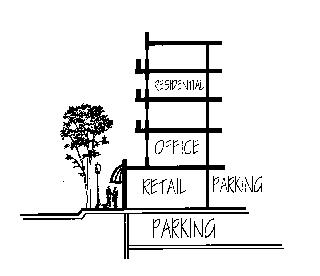
(3) Heights and density are moderated in peripheral areas of the Town Square district to complement and transition with the adjoining residential and convenience shopping areas. (Ord. 2302; Ord. 1993)
20D.40.115-020 Design Criteria.
(1) Building Orientation and Access.
(a) Buildings should abut the pedestrian system on at least one side. Buildings fronting on Type V pedestrian streets per RCDG 20C.40.105, Downtown Pedestrian System, shall abut the street front sidewalk and orient the primary entrance, or entrances, toward the street.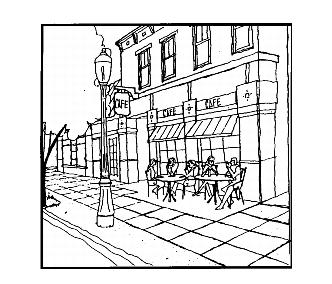
(b) Vehicle access should be designed to minimize interaction of vehicles with pedestrians, particularly in relation to the pedestrian system or should be screened with pedestrian amenities.
(c) Parking structures should not front on the internal block connections of the pedestrian system or should be screened with pedestrian amenities, such as artwork, trellises, awnings, benches, and the like.
(d) Driveway openings to arterials should be minimized.
(e) When ground floor commercial spaces abut mid-block pedestrian connections, entrances to the commercial spaces should be oriented toward the mid-block connections as well as toward the streets. The area alongside the required mid-block sidewalk should be developed as a usable plaza with a combination of hardscapes, planters, and seating areas.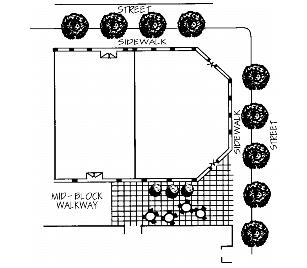
(f) Buildings with ground floor residential uses should be set back an additional six feet from the minimum required sidewalk along the street, per the Pedestrian System Map, RCDG 20C.40.105, to ensure that there is adequate separation from the ground floor unit and pedestrian way. The finished floor of the ground floor residential units should be elevated at least two feet above sidewalk grade to provide additional privacy for the residences at the street level. See example on the next page.
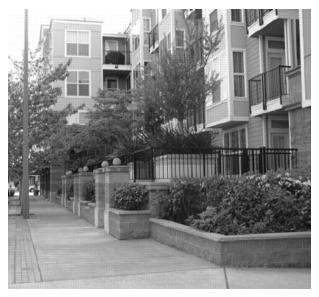
LIKE THIS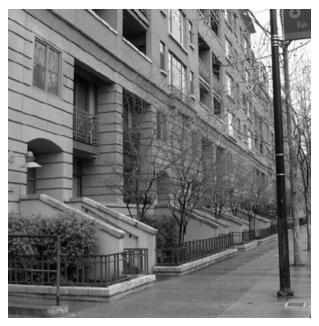
LIKE THIS
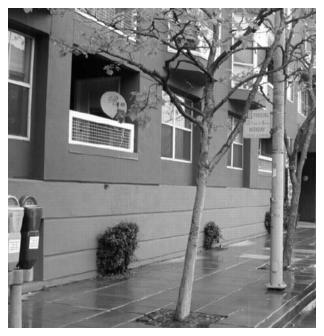
NOT LIKE THIS
(2) Building and Site Design.
(a) Buildings should be sited in a manner compatible with adjacent buildings and the streetscape. Consideration should be given to size and height relationships with adjacent buildings.
(b) Open space and landscaping should be coordinated and linked wherever possible, particularly in relation to public areas and the pedestrian system.
(c) Landscaping should be designed with consideration of shade and sun; plazas and outdoor areas should be oriented to sunlight.
(d) Outdoor and ground floor areas should be designed to encourage outdoor activities, such as vendors, art displays, seating areas, outdoor cafes, abutting retail activities, and other features of interest to pedestrians.
(e) Taller buildings (above five stories) should have adequate separation to maintain a sense of openness, adequate light, and views.
(f) Building materials shall be visually appealing, high quality, and durable. A high proportion of exterior building materials should be materials, such as brick, stone, and masonry. Building materials and colors should minimize light reflection and glare.
(g) Facades should be articulated into increments through the use of architectural features such as bay windows, offsets, recesses, and other devices which break or minimize scale.
(h) Rooftops should incorporate features that soften rectilinear forms and effectively screen mechanical equipment from view.
(i) Buildings should be designed to provide for weather and wind protection at the ground level. Buildings fronting on Type V pedestrian system segments should provide pedestrian weather protection by way of awnings and overhangs, a minimum of 48 inches in depth. The elements should be complementary to the building’s design and design of contiguous weather protection elements on adjoining buildings. Materials and design should engender qualities of permanence and appeal.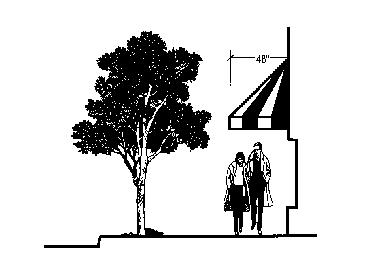
(j) Provide a variety of shapes, angles, and reliefs in the upper stories of structures over four stories.
(k) For nonresidential ground floor uses, windows, rather than blank walls, shall be provided on the street level to encourage a visual and economic link between the business and passing pedestrians. A minimum of 60 percent of the length of the storefront area facing streets (between two feet and seven feet above the sidewalk) shall be in nonreflective, transparent glazing.
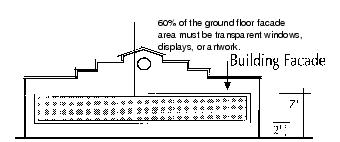
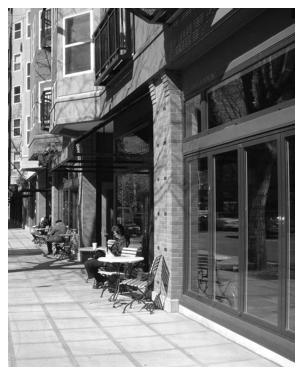
LIKE THIS
(l) Column and bay spacing along street fronts should be provided no greater than 30 feet apart in order to maintain a pedestrian-oriented scale and rhythm.
(m) Trails – Bicycle. Facilities for parking and locking bicycles should be provided and be readily accessible from bicycle trails. (Ord. 2302; Ord. 1993)


